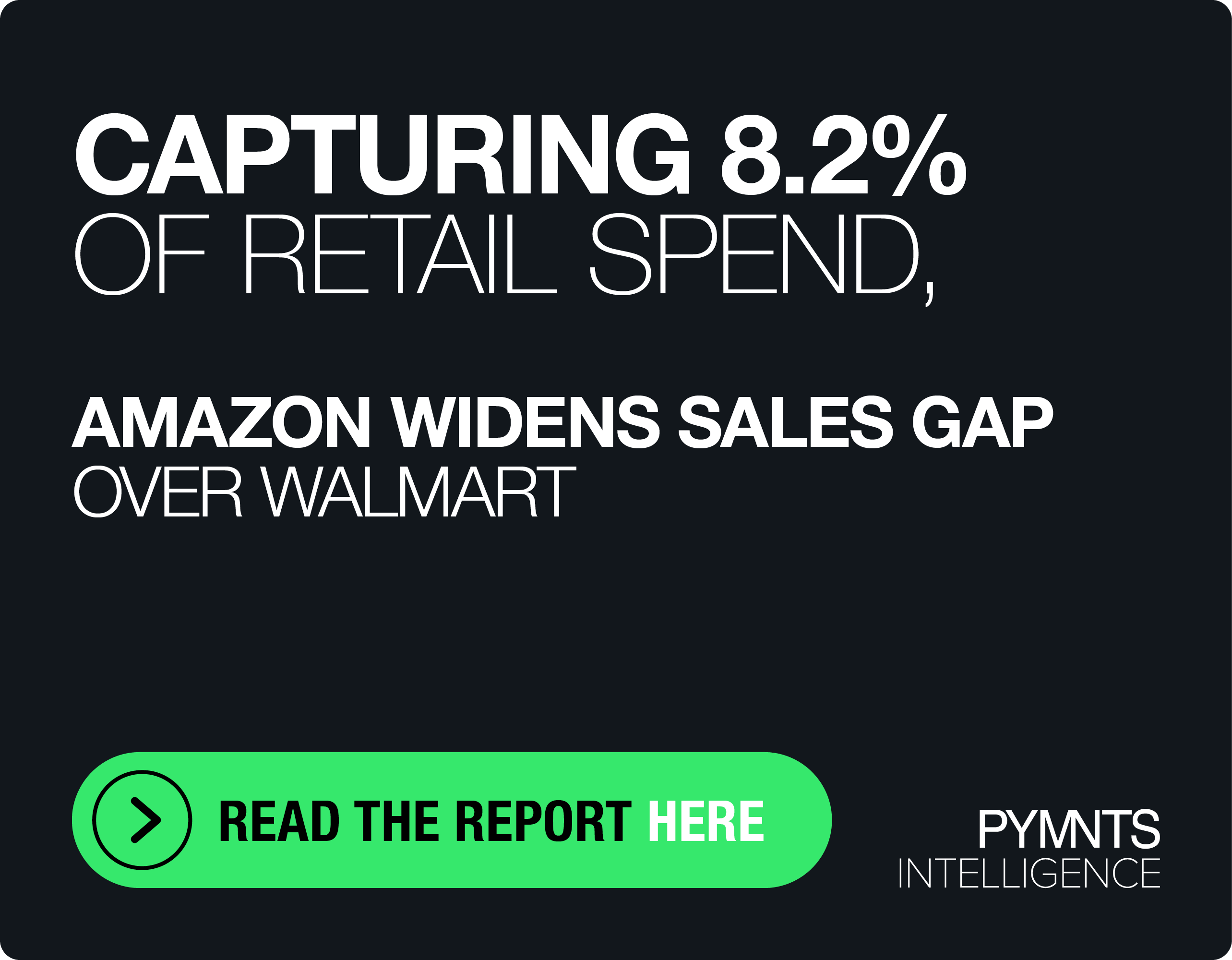To Survive and Grow in 2021, Restaurants Put Tech Innovation and Culture on the Menu
The coronavirus pandemic upended the restaurant industry as we know it. Call it a pressure cooker in a business that was notoriously make-or-break, even before lockdowns forced operators to get creative just to stay in business.
Diners nationwide watched many of their old standbys close up shop, unwilling or unable to innovate. And we saw survivors across the country embrace digital menus, self-service ordering, QR codes for payment, deliveries and curbside pickup. They’ve forged uneasy alliances with aggregators like Uber Eats and Grubhub. The phrase “ghost kitchen” entered the lexicon.
Restaurants got wiser, wilier, leaner. And the best and brightest of them took a page from the consumer retail and travel world, embracing data on an unprecedented scale.
When the dust finally settles, it may turn out that the most important innovation of all has been a proliferation of loyalty programs, Paytronix CEO Andrew Robbins told PYMNTS’ Karen Webster in a recent interview. They’re giving restaurateurs access to far more information about their customers than ever before, which they can put to good use driving smarter business decisions.
“Starbucks did it, Panera did it and McDonald’s has done it; they have all gotten the memo,” Robbins said. “The benefits are that you get to know the guests, and then you can start making tons of decisions based on actual guest data.”
Further reading: Restaurants Can Leverage Personalized Offers to Win Big Spenders Back From Aggregators
That data lets restaurants know if they can raise their prices without scaring customers away — or shorten their menus to simplify kitchen operations without eliminating favorites. It can also help them make better strategic decisions — where to open a new shop, for instance.
“Everything comes down to having a strong digital guest experience, so you can collect data and start communicating with guests,” Robbins said. “And the guests like being rewarded for where they spend their money.”
Aggregator Advantages — and Aggravation
In an ideal world, Robbins said, restaurants would be seeing more of that money. But many of them dove headfirst into partnerships with food delivery aggregators like DoorDash and Grubhub to secure more customers.
It can make sense, he said. The apps appeal to consumers who are willing to pay more and even accept more limited menus in exchange for the convenience of fast, cheap deliveries straight to their homes. And they provided a lifeline to many eateries during the height of the pandemic.
See more: 25% of Restaurant Customers Order Food at Least Once a Week, Spend at Least $40 per Purchase
That said, not every restaurant is willing to hand over a portion of its revenues to the aggregators. Robbins said he has seen a lot of eateries deliberately bypass the likes of DoorDash — not only because it’s better for them, but also because it can be better for their customers as well.
“Customers know they’re going to get better pricing, they have the ability to use coupon codes and they can get their loyalty points,” he pointed out. “So there’s a lot of drive for the consumer to go direct to the restaurant.”
You might also like: The QSR Industry Has a Loyalty-Rewards Problem
Believing in Ghosts
Another innovative tactic Robbins has seen is the “ghost kitchen,” or delivery-only brands, which can be operated from an existing kitchen to ensure higher utilization.
Robbins explained that he loves eating Bertucci’s pizza and pasta, but if he’s in the mood for a burger, he won’t be clicking on Bertucci’s to see the menu – instead, he’ll search for a burger brand like MrBeast Burger. But little does the consumer know, MrBeast Burger cooks its food in the same kitchen as Bertucci’s.
According to Robbins, one brand he works with has used ghost kitchens to such good effect that it has the revenue of 22 restaurants, though it only operates 20 physical kitchens.
“People are making a lot of money with this, and you’re going to see more and more of it,” Robbins explained. When an existing brand opens a ghost kitchen, “they don’t have any kitchen buildup, they don’t have to put any money down, they just get 10% more sales everywhere.”
More like this: Ghost Kitchen Boom May Be Built on a Shaky Foundation, Reports Show
Turning Over the Tables With Tech
Technology can help restaurants combat labor shortages, essentially by changing their culture. With so few restaurant workers to go around, it’s not sustainable for brands to keep raising wages. That means fewer hires, so restaurants are turning to tech to make the lives of their existing workers easier. By having a mobile-ordering application, for example, there’s no need to have a human taking customers’ orders – so staff can focus on just cooking the food and handing it over once it’s done.
The same goes for the front of the house. Visitors to a restaurant don’t have to sit around until the waitress turns up to place their order. They can just pull out their phone and tap a button, and someone in the kitchen will start cooking their food. It all adds up to much faster table turns, which means more customers can be accommodated.
Robbins has seen a lot of restaurants he works with adding a quick prompt after payment, asking customers to rate their experience. He said this works well, with something like a 20% response rate versus around 1% for paper-based surveys.
Read more: Digital Ordering Boom Widens Gap Between Big Restaurant Brands and Small Operators
“It’s an extension of the loyalty thinking, and how they can transform that to lock customers in for so many visits a month,” Robbins said. “So if there is a downturn later, they’re protected that way on the downside.”
